
Conversations About Jazz & Other Distractions
Conversations About Jazz Features Scat, Improvisation & The Avant~Garde on January 7
Hammonds House Digital invites you to join us for Conversations about Jazz & Other Distractions hosted by former jazz radio host and founder of Notorious Jazz, Carl Anthony. On Thursday, January 7 at 7:30 pm (EST), Carl’s special guests will be musicians and artists known for their extraordinary skills in improvisation, scat, and the avant-garde. Tune in for a great evening with vocalist and pianist Audrey Shakir, saxophonist Kebbi Williams, and composer and lyricist Fay Victor. The program is free and will stream live on Hammonds House Museum’s Facebook and YouTube.
Audrey Shakir is a jazz-pop vocalist and pianist extraordinaire. Dubbed Atlanta’s First Lady of Jazz, she has entertained throughout the U.S. and internationally. Her scatting talents have been compared to the great Ella Fitzgerald, and she brings a remarkable jazz influence to all the material she performs.
Kebbi Williams is a Grammy award-winning tenor saxophonist and one of contemporary music’s whirlwind improvisers. The imaginative multi-instrumentalist/ composer/producer/arranger/teacher resists categorization. His innovative sound blends avant-garde jazz, hip-hop, afro-beat, gospel, electronica, classical and fiery rock, which he interweaves with passion and edge.
Fay Victor is a musician, composer, lyricist, and educator. Originally a singer in the traditional jazz field, she has been working in jazz, blues, opera, free improvising, avant-garde, modern classical music, and occasional acting since re-settling in New York in 2003. She is an Associate Professor at the School of Jazz and Contemporary Music in New York.
Hammonds House Museum is generously supported by the Fulton County Board of Commissioners, Fulton County Arts and Culture, the City of Atlanta Mayor’s Office of Cultural Affairs, The Community Foundation for Greater Atlanta, The National Performance Network, AT&T and WarnerMedia.
Hammonds House Museum’s mission is to celebrate and share the cultural diversity and important legacy of artists of African descent. The museum is the former residence of the late Dr. Otis Thrash Hammonds, a prominent Atlanta physician and a passionate arts patron. A 501(c)3 organization which opened in 1988, Hammonds House Museum boasts a permanent collection of more than 450 works including art by Romare Bearden, Robert S. Duncanson, Benny Andrews, Elizabeth Catlett, Jacob Lawrence, Hale Woodruff, Amalia Amaki, Radcliffe Bailey and Kojo Griffin. In addition to featuring art from their collection, the museum offers new exhibitions, artist talks, workshops, concerts, poetry readings, arts education programs, and other cultural events throughout the year.
Located in a beautiful Victorian home in Atlanta’s historic West End, Hammonds House Museum is a cultural treasure and a unique venue. During the COVID-19 pandemic, they continue to observe CDC guidelines, but look forward to welcoming in-person visitors soon! For more information about upcoming virtual events, and to see how you can support their mission and programming, visit their website: hammondshouse.org.
MEDIA: For more information, contact Karen Hatchett at Hatchett PR, karen@hatchettpr.com.
More Posts: conversations,history,instrumental,jazz,musicians,piano,saxophone,vocal
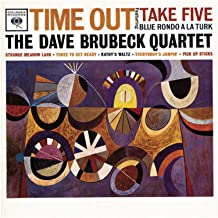
The Quarantined Jazz Voyager
It’s a new year and it’s been ten months since the quarantine and social distancing has been instituted. Some of us, unfortunately, are still not fully adapting to life with the virus, desiring their comfort zone to be as it was before the pandemic. For those of us who have taken this life interruption to no longer be an inconvenience, we relax and find new engagements for our senses.
With that in mind, this week I’ve selected the classic studio album Time Out by the Dave Brubeck Quartet. Recorded at Columbia’s 30th Street Studio in New York City on June 25, July 1, and August 18, 1959, it was released on December 14, 1959 on Columbia Records. It is based upon the use of time signatures that were unusual for jazz and is a subtle blend of cool and West Coast jazz.
The producer on the album was Teo Macero, and Fred Plaut engineered the sessions. S. Neil Fujita had the responsibility for creating the cover artwork, and Seth Rothstein was the project director.
The album peaked at No. 2 on the Billboard pop albums chart, and was the first jazz album to sell a million copies. The single Take Five off the album was also the first jazz single to sell one million copies. By 1963, the record had sold 500,000 units, and in 2011 it was certified double platinum by the RIAA, signifying over two million records sold. The album was inducted in the Grammy Hall of Fame in 2009.
Columbia president Goddard Lieberson took a chance to underwrite and release the album. Although it received negative reviews from critics upon its release, it became a popular recording by fans globally. In 2005, it was one of 50 recordings chosen that year by the Library of Congress to be added to the National Recording Registry. It was also listed in the book 1001 Albums You Must Hear Before You Die. In 2009 the album was inducted into the Grammy Hall of Fame.
Track List | 38:30
All pieces composed by Dave Brubeck, except Take Five by Paul Desmond.
Side One- Blue Rondo à la Turk ~ 6:44
- Strange Meadow Lark ~ 7:22
- Take Five ~ 5:24
- Three to Get Ready ~ 5:24
- Kathy’s Waltz ~ 4:48
- Everybody’s Jumpin’ ~ 4:23
- Pick Up Sticks ~ 4:16
- Dave Brubeck – piano
- Paul Desmond – alto saxophone
- Eugene Wright – bass
- Joe Morello – drums
As you all know, the moment the world becomes safe and opens back up for Americans to travel, I will be back jet setting around the globe. In the meantime, stay vigilant, wear masks and remain healthy.
More Posts: adventure,club,genius,jazz,museum,music,piano,preserving,restaurant,travel
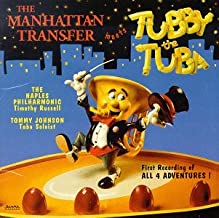
Daily Dose Of Jazz…
Tommy Johnson was born John Thomas Johnson on January 7, 1935 in Los Angeles, California. He had a musical upbringing as his father was a baritone soloist in the choir at the Angelus Temple in Echo Park.
He attended the University of Southern California Thornton School of Music and received a bachelor’s degree in music in 1956. He played his first film in 1958, the score for Al Capone and went on to become Hollywood’s first-call tuba player.
Known mostly for playing for television series and commercials, he also was a prolific player in film scores such as Jaws, The Godfather, the Indiana Jones series, the Star Trek film series, The Lion King, Titanic, and over another 120 film scores, working wth the likes of John Williams, James Horner, and Alan Silvestri..
He ventured into playing jazz backing such artists as Frank Sinatra, The Manhattan Transfer and performing with the American Jazz Philharmonic,, as well as rock and roll and pop artists like Weird Al Yankovic and Elvis Presley.
As an educator he taught junior high school music in the Los Angeles Unified School District for nearly 20 years, but for most of his career, he taught advanced tuba players in private lessons and at USC and UCLA.
On October 16, 2006, tubist Tommy Johnson passed away from complications of cancer and kidney failure at the UCLA Medical Center in Los Angeles at the age of 71.
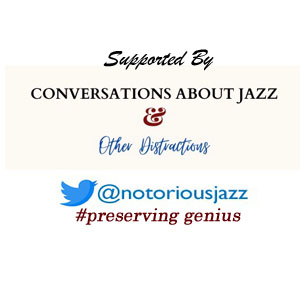
More Posts: history,instrumental,jazz,music,tuba
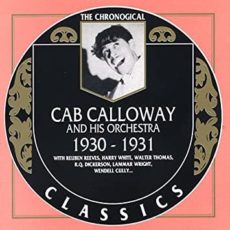
Daily Dose Of Jazz…
Roger Quincey Dickerson was born in 1898 in Paducah, Kentucky and raised in St. Louis, Missouri, where he worked in local theaters in the late 1910s. After touring with Wilson Robinson’s Bostonians in 1923, he then worked in Andrew Preer’s group at the Cotton Club in New York City, remaining in the group after Preer’s death in 1927.
From the mid to late 1920s he recorded in small groups with Harry Cooper and Jasper Taylor, with a latter session also featuring Johnny Dodds. When Cab Calloway took over the Preer band in 1930 Dickerson was still in the group, and he recorded several times under the new leader.
Leaving Calloway’s employ in 1931 he quit music but recorded again in 1949 accompanying a singer named Ray Cully. Trumpeter Roger Dickerson passed away on January 21, 1951 in Glens Falls, New York.

More Posts: history,instrumental,jazz,music,trumpet
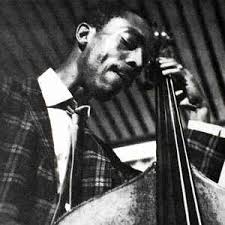
Three Wishes
The Baroness awaited his answer after inquiring of Sam Jones what his three wishes were, he said:
- “I’ve already had two wishes: to play with Thelonious Monk and Dizzy Gillespie. So all I need now is one: to be a great jazz musician.”
*Excerpt from Three Wishes: An Intimate Look at Jazz Greats ~ Compiled and Photographed by Pannonica de Koenigswarter
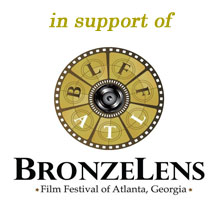
More Posts: baroness,bass,history,instrumental,jazz,music,pannonica,three,wishes


